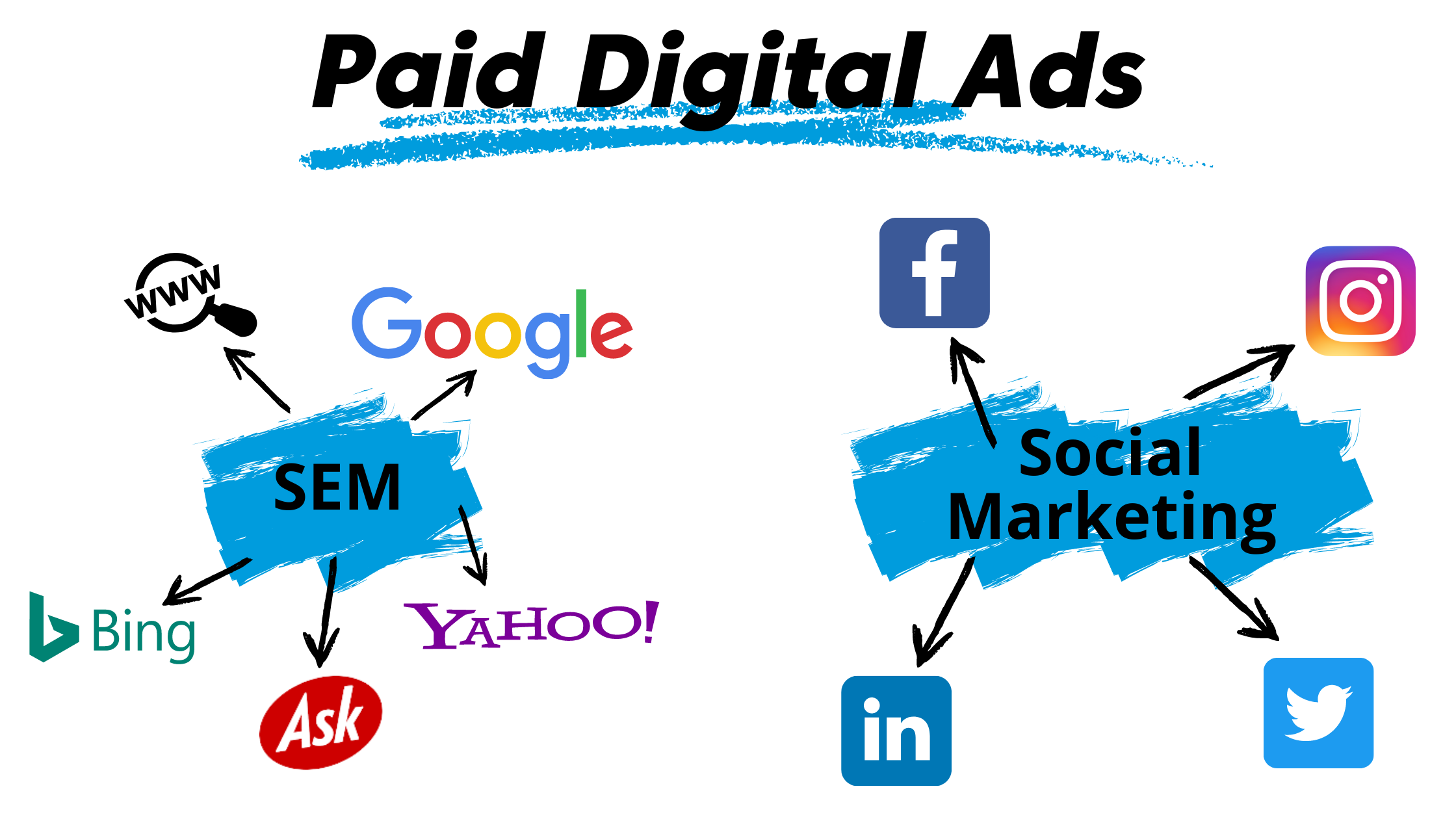
Search Engine Marketing (SEM) and Pay-Per-Click (PPC) campaigns are powerful digital marketing strategies that drive targeted traffic to your website. However, to achieve the best results, you need to develop a well-structured and optimized campaign. This guide will outline key steps to creating a high-converting SEM/PPC campaign.
Defining Campaign Objectives
-
Set Clear Goals – Identify whether you aim to increase traffic, generate leads, or boost sales.
-
Align Objectives with KPIs – Track metrics such as CTR, conversion rates, and cost per acquisition (CPA).
-
Establish a Budget – Determine how much you can spend daily or monthly for maximum efficiency.
Conducting Keyword Research
-
Find High-Intent Keywords – Use tools like Google Keyword Planner and Ahrefs to identify relevant terms.
-
Leverage Long-Tail Keywords – These often have lower competition and higher conversion rates.
-
Utilize Negative Keywords – Filter out irrelevant searches to save budget and improve targeting.
-
Analyze Competitor Keywords – Discover gaps and opportunities in the market.
Crafting Persuasive Ad Copy
-
Create Attention-Grabbing Headlines – Use strong language to attract potential customers.
-
Incorporate Keywords in Ad Copy – Ensure your ad is relevant to user search queries.
-
Use Clear Calls-to-Action (CTAs) – Encourage users to take action, such as "Sign Up Today" or "Get a Free Quote."
-
Test Different Ad Variations – A/B testing helps determine the best-performing ads.
Designing an Optimized Landing Page
-
Ensure Fast Load Times – Speed is crucial for reducing bounce rates.
-
Maintain Mobile-Friendliness – A significant number of users browse on mobile devices.
-
Keep Messaging Consistent – Your landing page should reflect the ad’s promises.
-
Simplify the Conversion Process – Use clear CTAs and limit form fields.
Setting Up a Smart Bidding Strategy
-
Use Automated Bidding Options – Google Ads provides Smart Bidding strategies for efficiency.
-
Monitor CPC and CPA – Regularly adjust bids based on performance data.
-
Allocate Budget Based on Performance – Shift more resources to high-performing ads.
-
Adjust Bids for Devices and Locations – Optimize for the best-performing channels.
Leveraging Audience Targeting and Retargeting
-
Segment Your Audience – Create separate campaigns for different audience groups.
-
Retarget Website Visitors – Re-engage users who have shown interest in your products.
-
Use Lookalike Audiences – Expand your reach by targeting similar customer profiles.
-
Personalize Ads for Better Engagement – Adjust messaging based on user behavior.
Tracking and Optimizing Campaign Performance
-
Set Up Google Analytics and Conversion Tracking – Measure campaign effectiveness.
-
Monitor CTR, Quality Score, and ROI – Identify areas for improvement.
-
Test Multiple Ad Formats – Experiment with search, display, and video ads.
-
Optimize Based on Performance Data – Continuously refine strategies for better results.
Conclusion
A well-planned 買關鍵字 campaign can significantly enhance your online visibility and drive high-quality traffic. By following these best practices, businesses can improve ad performance, increase conversions, and maximize ROI.